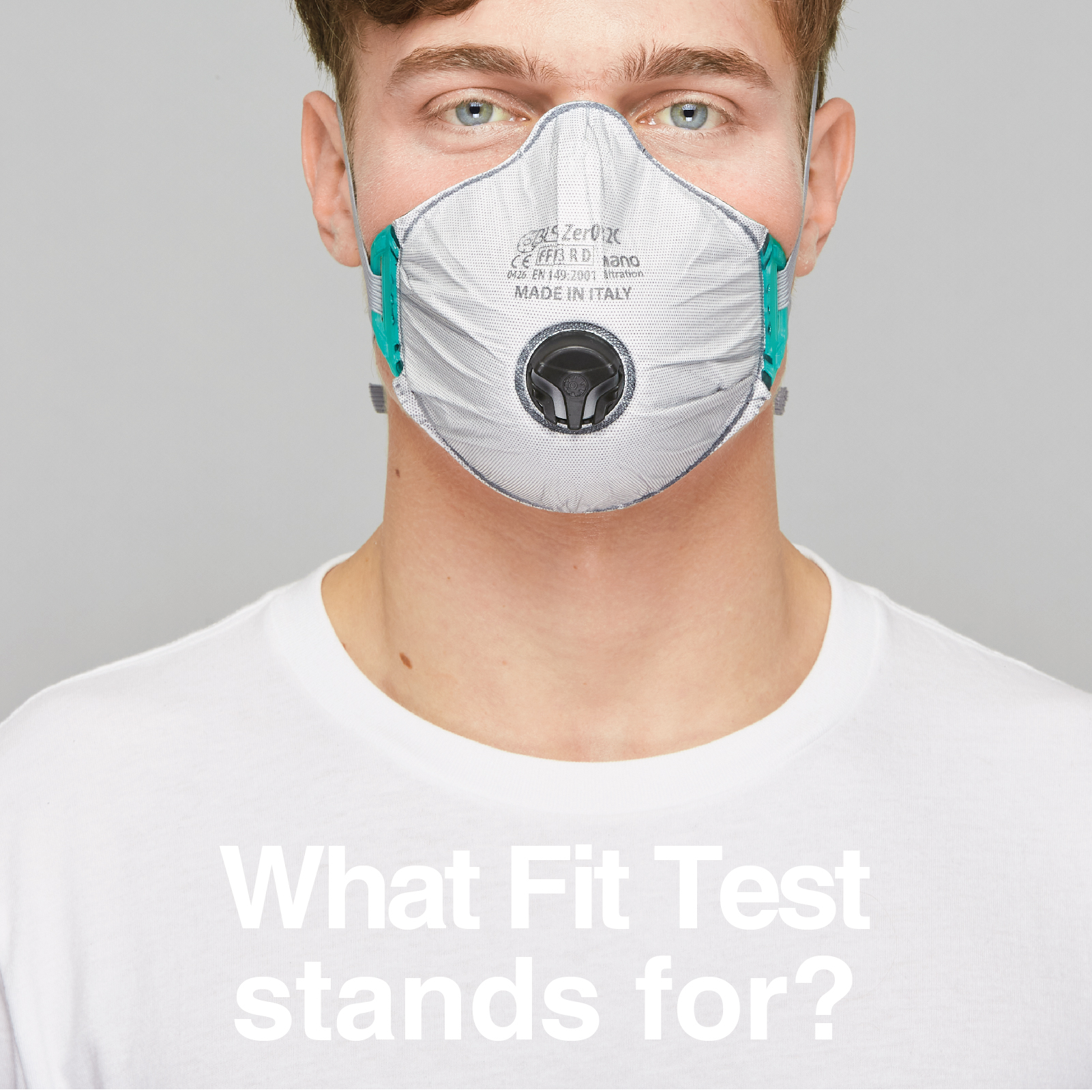Selezione del DPI più adeguato Quando i giochi si fanno duri è essenziale proteggersi con un Dispositivo di Protezione Individuale (DPI). Infatti la legge impone l'utilizzo di un DPI ogni qualvolta si sia in presenza del cosiddetto "rischio residuo", ovvero il rischio che permane dopo l'applicazione delle misure di prevenzione e protezione adottate dal datore […]



